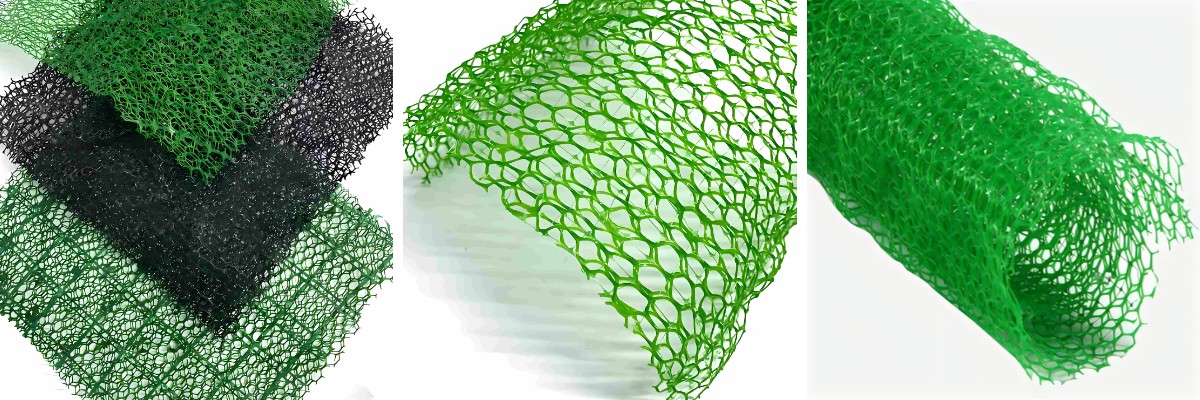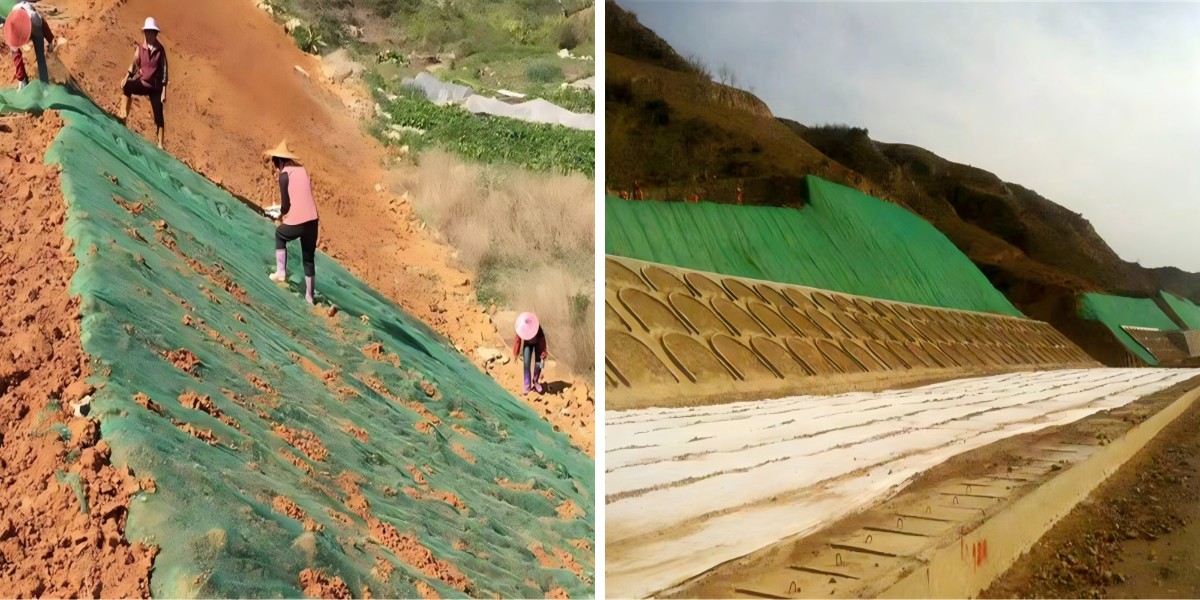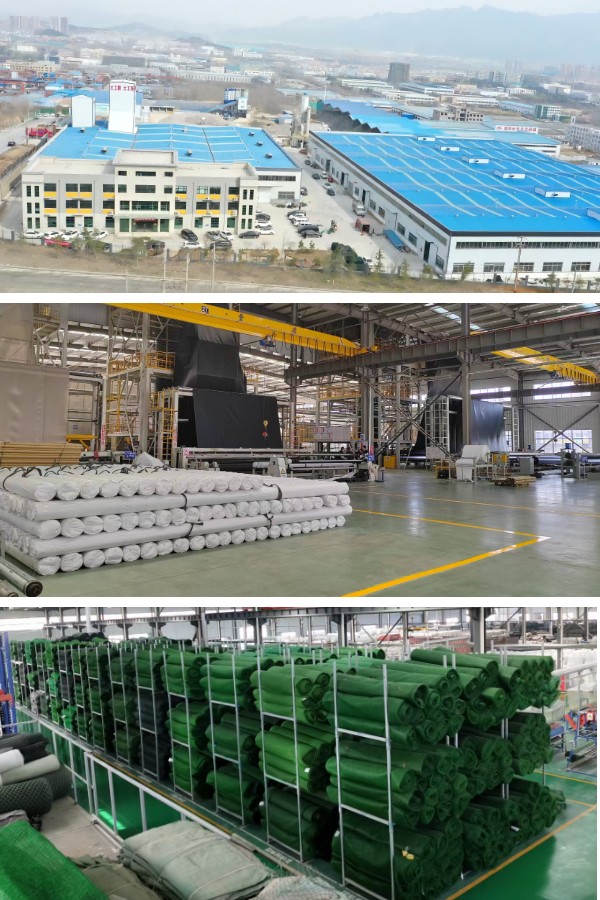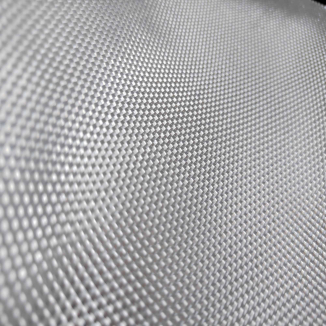How to Read a 3D Vegetation Net Spec Sheet: Key Terms Decoded
When it comes to erosion manipulate and slope stabilization, 3D vegetation internet (also recognised as 3d geomat) is a game-changing solution. It combines artificial substances with vegetation boom to create a durable, eco-friendly barrier towards soil erosion. But to pick out the proper product for your project, you want to apprehend its specifications—and that’s the place a spec sheet comes in. However, spec sheets are regularly stuffed with technical jargon that can crush beginners. This information breaks down how to examine a 3D vegetation internet specs sheet, decoding key phrases and explaining their relevance to geomat erosion manage performance. By the end, you’ll be in a position to confidently consider spec sheets and pick the quality 3d geomat for your needs.
Why 3D Vegetation Net Spec Sheets Matter
A 3D vegetation internet specs sheet isn’t simply a listing of numbers—it’s a roadmap to the product’s performance. 3d geomat is used in integral functions like motorway slopes, riverbanks, and development sites, the place failure to manipulate erosion can lead to luxurious harm or security hazards. The spec sheet tells you how properly the internet will withstand UV radiation, keep soil, help vegetation, and face up to environmental stress. For example, a internet designed for a coastal slope desires specific specs than one for a mountainous street embankment. Ignoring the spec sheet may want to end result in selecting a product that’s too weak, too rigid, or incompatible with your project’s conditions—wasting time, money, and effort.
Additionally, geomat erosion manage effectiveness relies upon completely on matching the net’s specs to the project’s requirements. A spec sheet helps you evaluate merchandise from specific manufacturers, making sure you get the great price except compromising on quality. Whether you’re a civil engineer, landscaper, or mission manager, learning spec sheet analyzing is crucial for profitable erosion manipulate projects.
Key Terms to Decode on a 3D Vegetation Net Spec Sheet
Let’s destroy down the most frequent phrases you’ll locate on a 3D vegetation internet specs sheet, explaining what they suggest and why they depend for geomat erosion control.
1. Material Composition
This time period refers to the artificial substances used to make the 3d geomat. Common alternatives encompass polyethylene (PE), polypropylene (PP), or a combination of both. PE is regarded for its UV resistance and flexibility, making it best for out of doors tasks uncovered to sunlight. PP gives excessive tensile energy and chemical resistance, appropriate for harsh environments like industrial web sites or mining areas. The cloth composition without delay affects the net’s sturdiness and lifespan—for example, a PE-based 3D vegetation internet will closing longer in sunny, dry climates than a PP one except UV stabilizers. When studying this section, seem to be for small print on fabric thickness and whether or not it’s recycled (a plus for eco-friendly projects).
2. Structure Type
The shape kind describes the 3d geomat’s bodily design—typically “layered,” “honeycomb,” or “mat-like.” Layered constructions have more than one overlapping sheets that create a 3D pocket gadget to entice soil and seeds. Honeycomb buildings (hexagonal cells) provide high-quality soil retention and load-bearing capacity, making them best for steep slopes. Mat-like buildings are thinner and greater flexible, appropriate for mild slopes or residential landscaping. The shape kind influences how properly the internet holds soil at some point of heavy rain and how without difficulty vegetation can develop thru it. For geomat erosion manage on steep slopes, a honeycomb or layered shape is favored for most stability.
3. Tensile Strength
Tensile electricity measures how tons pressure the 3D vegetation internet can face up to earlier than breaking. It’s commonly listed as “kN/m” (kilonewtons per meter) for each longitudinal (lengthwise) and transverse (widthwise) directions. Higher tensile energy capability the internet can withstand pulling forces from soil movement, wind, or water runoff. For example, a internet with a tensile power of 5 kN/m is higher desirable for slopes with unfastened soil than one with two kN/m. This is fundamental for geomat erosion manage due to the fact vulnerable nets can tear below stress, leaving the slope unprotected. Always take a look at each longitudinal and transverse tensile strength—some nets are enhanced in one course than the other, relying on their meant use.
4. UV Resistance
UV resistance shows how nicely the 3d geomat can face up to extended publicity to daylight besides degrading. It’s regularly listed as a “service existence below UV exposure” or a ranking (e.g., “UV-stabilized for 5+ years”). Sunlight breaks down artificial substances over time, making the internet brittle and much less effective. For outside projects, UV resistance is non-negotiable—especially in areas with extreme sunlight. A internet with negative UV resistance will want generic replacement, growing protection costs. Look for specs that point out UV stabilizers (additives that sluggish degradation) to make sure long-term geomat erosion control.
5. Porosity
Porosity refers to the variety of pores (openings) in the 3D vegetation net, expressed as a proportion or “porosity rate.” It determines how properly water, air, and seeds can omit thru the net. High porosity is imperative for vegetation increase due to the fact it approves seeds to attain the soil and water to penetrate, whilst nevertheless trapping adequate soil to stop erosion. For geomat erosion manage tasks centered on re-vegetation (like riverbank restoration), a porosity charge of 60% or greater is ideal. Low porosity nets may additionally block water and seeds, hindering plant boom and lowering long-term steadiness (since vegetation is a key phase of erosion control).
6. Weight per Unit Area
This time period (often listed as “g/m²” or grams per rectangular meter) measures the net’s density. Heavier nets are commonly greater long lasting however may also be much less flexible, whilst lighter nets are less difficult to installation however can also provide much less protection. The proper weight relies upon on your project: for steep, high-traffic slopes, a heavier internet (e.g., 200 g/m²) gives extra stability. For gentle, low-stress slopes, a lighter internet (e.g., one hundred g/m²) is sufficient. Weight additionally influences transportation and set up costs—heavier nets require extra labor to handle. When evaluating this spec, stability sturdiness wishes with practicality for your site.
How to Match Specs to Your Project Needs
Now that you apprehend key terms, the subsequent step is to in shape 3D vegetation internet specs to your project’s special requirements. Here’s how to observe your knowledge:
For Highway or Road Slopes
Road slopes face regular stress from site visitors vibration, rain runoff, and UV exposure. Look for a 3d geomat with excessive tensile electricity (4+ kN/m), UV resistance (5+ years), and a honeycomb or layered shape for soil retention. Porosity have to be 50-70% to guide grass or native vegetation growth, which in addition reinforces the slope. A PE-based internet is desired right here for its UV stability.
For Coastal or Riverbank Erosion Control
Coastal and riverbank initiatives want geomat erosion manage that can face up to water, salt, and wave impact. Choose a 3D vegetation internet with chemical resistance (to saltwater), excessive tensile energy (6+ kN/m), and a dense shape to lure sediment. Porosity have to be reasonable (40-60%) to stability water waft and soil retention. PP-based nets or PE-PP blends work nicely right here for their sturdiness in moist environments.
For Residential Landscaping Slopes
Residential slopes are regularly gentler and center of attention on aesthetics and convenient maintenance. Opt for a light-weight 3d geomat (100-150 g/m²) with excessive porosity (60+%) to assist flowering flora or grass. UV resistance is nonetheless important, however you can pick a internet with a 3-5 12 months provider existence if you sketch to refresh vegetation periodically. A mat-like shape is convenient to deploy and blends properly with backyard aesthetics.
For Mining or Industrial Sites
Mining and industrial slopes may additionally have contaminated soil or harsh chemicals. Look for a 3D vegetation internet with chemical resistance (to acids, alkalis, or heavy metals), excessive tensile energy (5+ kN/m), and a thick, long lasting cloth (PE or PP). Porosity must be low to reasonable (30-50%) to stop contaminated soil from washing away. UV resistance is fundamental here, as these web sites are regularly uncovered to direct sunlight.
Common Mistakes to Avoid When Reading Spec Sheets
Even with know-how of key terms, it’s convenient to make errors when evaluating 3D vegetation internet specifications. Here are pitfalls to watch out for:
Ignoring Directional Tensile Strength: Don’t simply seem at the “tensile strength” number—check each longitudinal and transverse values. A internet robust in one route may also fail in the different if set up incorrectly.
Overlooking UV Stabilization: Some spec sheets point out “UV resistance” however don’t specify a provider life. Always ask for details—without stabilizers, the internet can also degrade quickly.
Choosing Porosity Based on Guesswork: Too excessive porosity can lead to soil loss; too low, and vegetation won’t grow. Match porosity to your project’s erosion danger and vegetation goals.
Focusing Only on Price: A more cost-effective internet might also have decrease specs (e.g., vulnerable tensile power or bad UV resistance) that price greater in the lengthy run due to replacements or erosion damage.
Conclusion: Master Spec Sheets for Effective Geomat Erosion Control
Reading a 3D vegetation internet specs sheet doesn’t have to be intimidating. By decoding key phrases like fabric composition, tensile strength, and porosity, you can consider 3d geomat merchandise with confidence. Remember, the intention is to suit specs to your project’s special needs—whether it’s a motorway slope, coastal bank, or residential garden. Avoid frequent mistakes, prioritize sturdiness and performance, and you’ll choose a 3D vegetation internet that supplies high-quality geomat erosion manage for years to come.
With this information in hand, you’re geared up to address spec sheets and make knowledgeable selections that defend your project, the environment, and your budget. Whether you’re a novice or a professional professional, appreciation 3D vegetation internet specs is the first step to profitable erosion control.
Contact Us
Company Name: Shandong Chuangwei New Materials Co., LTD
Contact Person :Jaden Sylvan
Contact Number :+86 19305485668
WhatsApp:+86 19305485668
Enterprise Email: cggeosynthetics@gmail.com
Enterprise Address: Entrepreneurship Park, Dayue District, Tai 'an City,
Shandong Province










